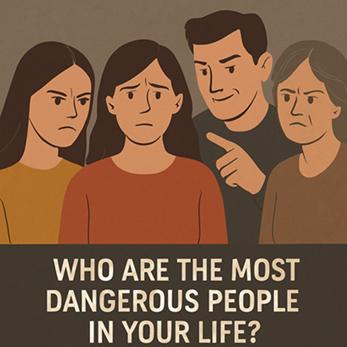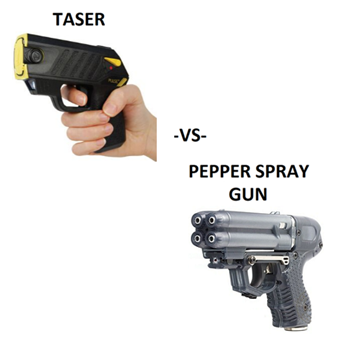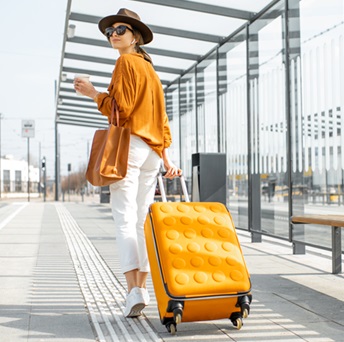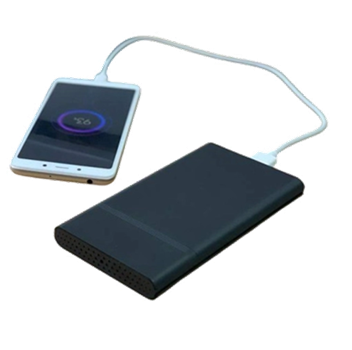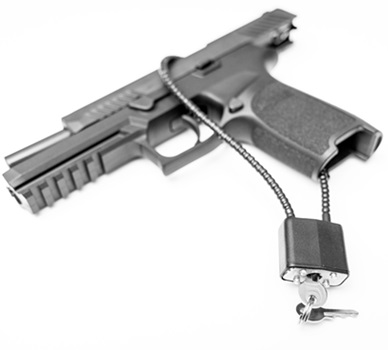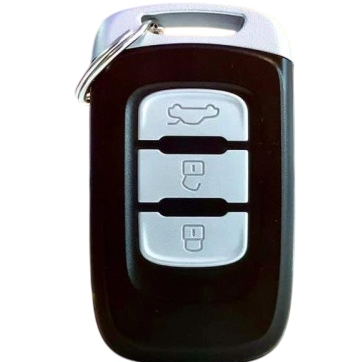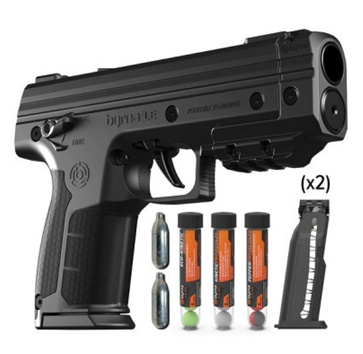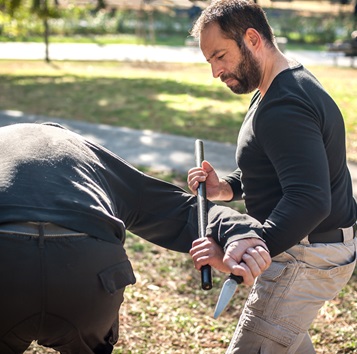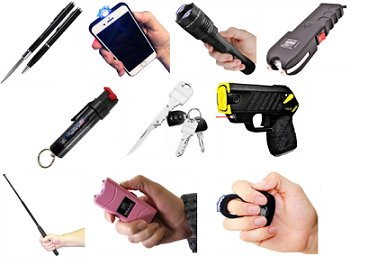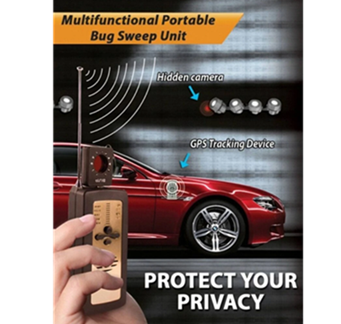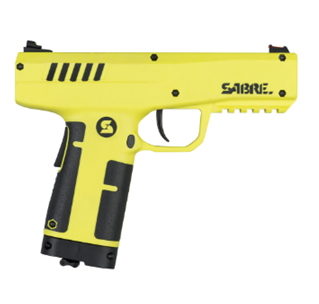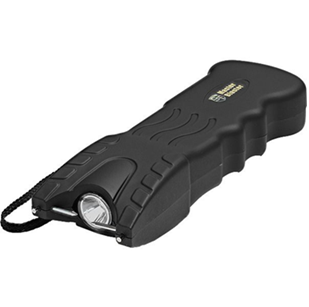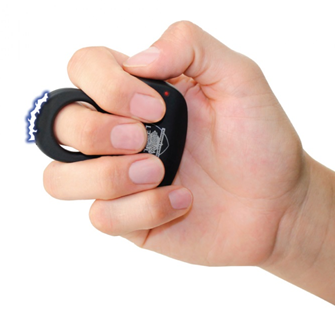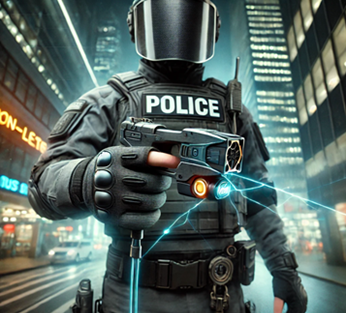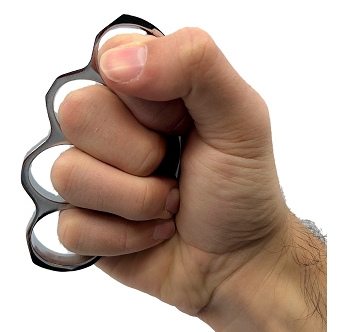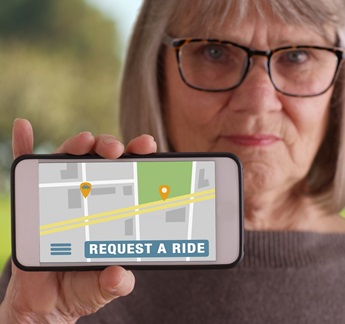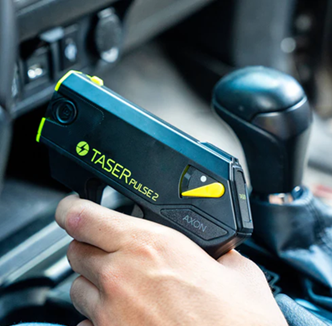The Latest in Personal Safety Devices: 2025’s Smartest Innovations for Staying Safe
 In a fast-paced world where personal safety is more important than ever, innovation in technology has brought about a new wave of smart devices that do more than just alert you to danger—they help prevent it. Whether you're commuting in a busy city, jogging alone at night, or simply staying at home, today's personal safety gadgets are smarter, more discreet, and more effective than ever before.
In a fast-paced world where personal safety is more important than ever, innovation in technology has brought about a new wave of smart devices that do more than just alert you to danger—they help prevent it. Whether you're commuting in a busy city, jogging alone at night, or simply staying at home, today's personal safety gadgets are smarter, more discreet, and more effective than ever before.
In this detailed guide, we’ll explore the most cutting-edge personal safety devices available in 2025—from wearables and alarms to GPS trackers and emergency-prep tech. These innovations can enhance your confidence and peace of mind in everyday situations.
Wearable Personal Safety Devices
1. AI-Powered Smartwatches
Modern smartwatches now offer life-saving features that go well beyond tracking your steps or checking your messages. The latest models are powered by artificial intelligence and can detect unusual activity like sudden falls or abnormal heart rates. If an emergency is detected, the device can automatically send alerts to designated emergency contacts or even directly notify emergency responders. Some watches also include GPS tracking and real-time location sharing.
These watches are ideal for elderly individuals, people with medical conditions, or anyone who wants a discreet yet reliable layer of protection.
2. Smart Safety Jewelry
Smart jewelry has become a favorite for those who want protection that blends into their lifestyle. These fashionable rings, necklaces, or bracelets come equipped with hidden panic buttons, GPS tracking, and Bluetooth connectivity to your phone. A double-tap on a ring, for instance, can discreetly send a distress signal with your real-time location to emergency contacts.
They’re popular among travelers, college students, and anyone who may find themselves in vulnerable situations but doesn’t want to carry bulky safety gear.
Compact Safety Alarms and Deterrents
3. Wearable Personal Alarms
Small, sleek, and powerful, wearable personal alarms are one of the simplest yet most effective tools for self-defense. These devices can be clipped to your keys, purse, or worn as a pendant. At the press of a button or a pull of a cord, they emit a loud alarm (up to 130 decibels) to deter attackers and draw immediate attention. Some also send automatic SOS messages with GPS coordinates to emergency contacts.
They're perfect for joggers, students, night-shift workers, or anyone who wants instant access to help.
4. Smart Pepper Sprays
Traditional pepper sprays have gotten a high-tech makeover. Today’s versions come with integrated features like bright LED strobe lights, loud alarms, and even Bluetooth connections to your phone. Once the pepper spray is deployed, it can instantly notify your emergency contacts and provide your location. Some high-end models use biometric locks (like fingerprint recognition) to prevent accidental or unauthorized use.
These smart sprays combine deterrent, alert, and evidence in one handy device, making them especially valuable in urban or high-crime areas.
Mobile Apps for Personal Safety
5. Real-Time Safety Apps
Several mobile apps have turned smartphones into powerful personal safety tools. Some work by having the user hold a button on-screen—if the button is released without entering a safety code, the app automatically contacts emergency services and sends your live location.
Other apps offer features like scheduled check-ins, location sharing, walking escorts (where a friend virtually tracks your route), or community alert systems that notify others in your area about suspicious activity.
Safety apps are ideal because they're accessible and customizable, and they allow you to create a personal safety net wherever you go.
Smart Home Safety Devices
6. Smart Smoke and CO Alarms
New generations of smoke and carbon monoxide alarms don’t just sound a siren. They connect to your phone and send real-time alerts no matter where you are. That means even if you're at work or on vacation, you can know instantly if there's a fire or gas hazard at home. Some models also include professional monitoring services that automatically contact emergency services if you don’t respond to alerts.
These smart alarms provide greater peace of mind for homeowners, families, and landlords.
7. Wireless Panic Buttons
Small panic buttons that can be placed around your home are becoming more common. With a single press, they can alert emergency services, send SMS alerts, or even trigger connected devices like security cameras or sirens. Some also integrate with platforms like Alexa, Google Home, and Apple HomeKit.
Great for seniors or people living alone, these buttons allow for fast, silent calls for help during medical emergencies or home intrusions.
GPS Trackers
8. Real-Time Personal Trackers
Miniature GPS trackers now offer high-precision location sharing and are small enough to clip onto a keychain, bag, or belt loop. Parents use them to monitor kids' locations, especially during commutes to school. Employers provide them for workers in remote or high-risk areas. These trackers often include geofencing, which sends alerts if the wearer enters or exits predefined “safe zones.”
Many models also include fall detection and emergency buttons for even more protection.
9. Vehicle Trackers
Personal safety doesn’t stop when you get in the car. Vehicle GPS trackers are now equipped with theft detection, crash alerts, and even voice assistant integration. Some trackers notify you if your car is moved without your permission, while others can send crash alerts with exact coordinates to emergency responders.
For families and rideshare drivers alike, these devices enhance automotive safety and peace of mind.
Safety Technology for Kids
10. Kid-Friendly Smart Devices
Children’s safety has also benefited from tech innovation. Safe smartphones for kids now come with pre-installed safety apps, GPS tracking, and strict content filters. These phones block access to inappropriate websites, social media, or unknown callers and offer “safety zones” that notify parents if a child leaves designated areas.
These devices strike a balance between giving kids some independence while ensuring parents remain in the loop.
11. Wearables for Children
Child-specific wearables often include SOS buttons, voice call features, and geolocation tracking. Some can even monitor environmental hazards like air quality. The best models are waterproof, tamper-proof, and designed to appeal to younger users with colorful, kid-friendly designs.
They’re perfect for crowded events, school field trips, or outdoor play.
Emergency Preparedness Tools
12. Fire Safety Kits
Home fire safety tools have expanded beyond alarms. Households are now investing in compact fire extinguishers, fire blankets for kitchen fires, and foldable escape ladders for multi-story homes. Smart safes are used to store documents and valuables, protecting them from both theft and fire.
Fire safety kits are essential for families, especially those living in older buildings or fire-prone areas.
13. Emergency Respirators and Masks
Reusable respirators with replaceable filters are becoming popular for use during wildfires, pandemics, or chemical spills. These masks are designed to protect against smoke, airborne toxins, and biological contaminants. Some even come with voice projection features, making it easier to communicate while staying protected.
They're especially useful in areas prone to natural disasters or industrial accidents.
14. Emergency Power Banks
When disaster strikes, maintaining phone battery life becomes a top priority. Solar-powered emergency chargers are capable of charging your smartphone multiple times and often include LED flashlights and SOS beacons. Some larger models even power laptops or small appliances.
Whether you're hiking, traveling, or riding out a storm, emergency power banks are a smart addition to any go-bag.
Safety for Seniors and Vulnerable Individuals
15. Fall Detection Wearables
Wearables designed specifically for seniors are equipped with fall detection, emergency calling, and even medication reminders. Some models connect directly to a caregiver’s phone, allowing real-time updates. These devices are lightweight, waterproof, and user-friendly, making them ideal for independent living.
16. Voice-Activated Safety Systems
For those with mobility challenges, voice-activated systems allow users to call for help without pressing buttons. They can control smart locks, lights, thermostats, and cameras through simple commands—making homes safer and more accessible.
Personal Safety Trends in 2025
Several trends are shaping the personal safety industry:
-
Discreet design: Devices are getting smaller, more stylish, and better integrated into daily life.
-
AI and automation: Smart devices are learning user behavior to detect threats faster.
-
Integration: Safety devices now work in harmony with each other and with smart home ecosystems.
-
Customization: Users can set personal alerts, safe zones, and monitoring preferences based on their unique lifestyle and risks.
-
Affordability: As tech becomes more accessible, basic personal safety tools are now available at a wide range of price points.
Final Thoughts
Personal safety in 2025 is no longer just about whistles and pepper spray—it’s about smart, connected devices that prevent incidents, deter threats, and summon help instantly when needed. Whether you're at home, commuting, traveling, or enjoying the outdoors, there are tools available today that can help you feel safer and more empowered.
As always, the best personal safety strategy includes not just technology, but also awareness, preparation, and informed decision-making. These devices are tools—valuable ones—that enhance your ability to respond to and recover from emergencies. Integrating them into your life can make a meaningful difference in how confidently you navigate the world.
Company Info
Customer Service
Product Information
- TASER® and Stun Devices Regulations by State
- TASER® Safe Escape Product Replacement Guarantee
- TASER® Comparison Chart
- TASER® User Manuals
- TASER® Warranty Info
- Byrna Product Catalog
- PepperBall Manuals & Spec Sheets
- Pepper Spray Laws
- Air Gun Laws
- States that Restrict Automatic and Butterfly Knives
- Our Print Catalog

























